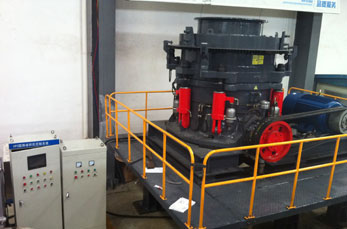Gold and Diamond Jig Mining: Overview and Techniques
Jig mining is a highly effective gravity separation method used to recover gold and diamonds from alluvial deposits (riverbeds, placer deposits, or weathered ore). Jigs separate heavy minerals (like gold/diamonds) from lighter materials (sand, gravel) using pulsating water flow and gravity.
—
How Jig Mining Works
1. Principle:
– A jig machine uses a bed of particles (ore) subjected to repeated pulses of water.
– Dense minerals (gold/diamonds) settle to the bottom (“concentrate”), while lighter waste material is washed away.
2. Key Components:
– Screen/Riffles: Traps heavy particles.
– Pulsation System: Creates up-and-down water movement (manual, hydraulic, or mechanical).
– Hutch: Collection area for concentrates.
—
 Types of Jigs Used
Types of Jigs Used
1. Pan American Jig: Traditional, simple design for small-scale mining.
2. Duplex/Double Jig: Higher capacity for medium-scale operations.
3. Centrifugal Jigs: Modern, high-efficiency models (e.g., Kelsey or InLine Pressure Jig).
4. Manual/Hand Jigs: Used by artisanal miners in Africa/South America.
—
.jpg) Gold vs. Diamond Jigging
Gold vs. Diamond Jigging
| Feature | Gold Jigging | Diamond Jigging |
|—————|—————————————|—————————————|
| Feed Size | Fine to medium sand/gravel (<10mm). | Coarser material (up to 30mm). |
| Pulsation | Faster pulses for fine gold recovery. | Slower pulses for larger diamonds. |
| Bed Depth | Shallow bed for quick settling. | Deeper bed to retain larger stones. |
| Concentrate | Gold sinks with black sands (magnetite). | Diamonds mixed with heavy minerals (garnet, ilmenite). |
—
Steps in Jig Mining
1. Ore Preparation:
– Remove large rocks/slimes (clay) via screening/washing.
2. Jig Operation:
– Feed slurry (ore + water) into the jig.
– Adjust water pulse speed/stroke for optimal separation.
3. Concent




